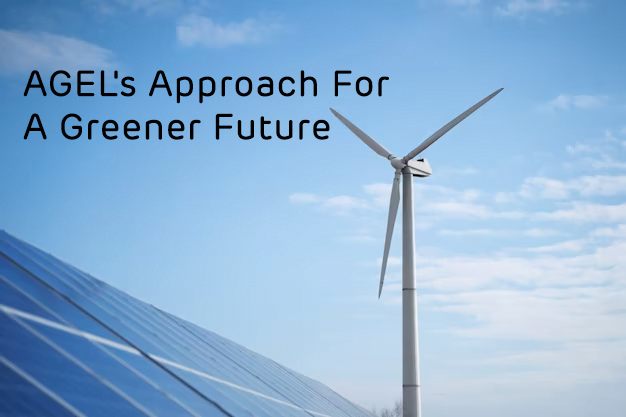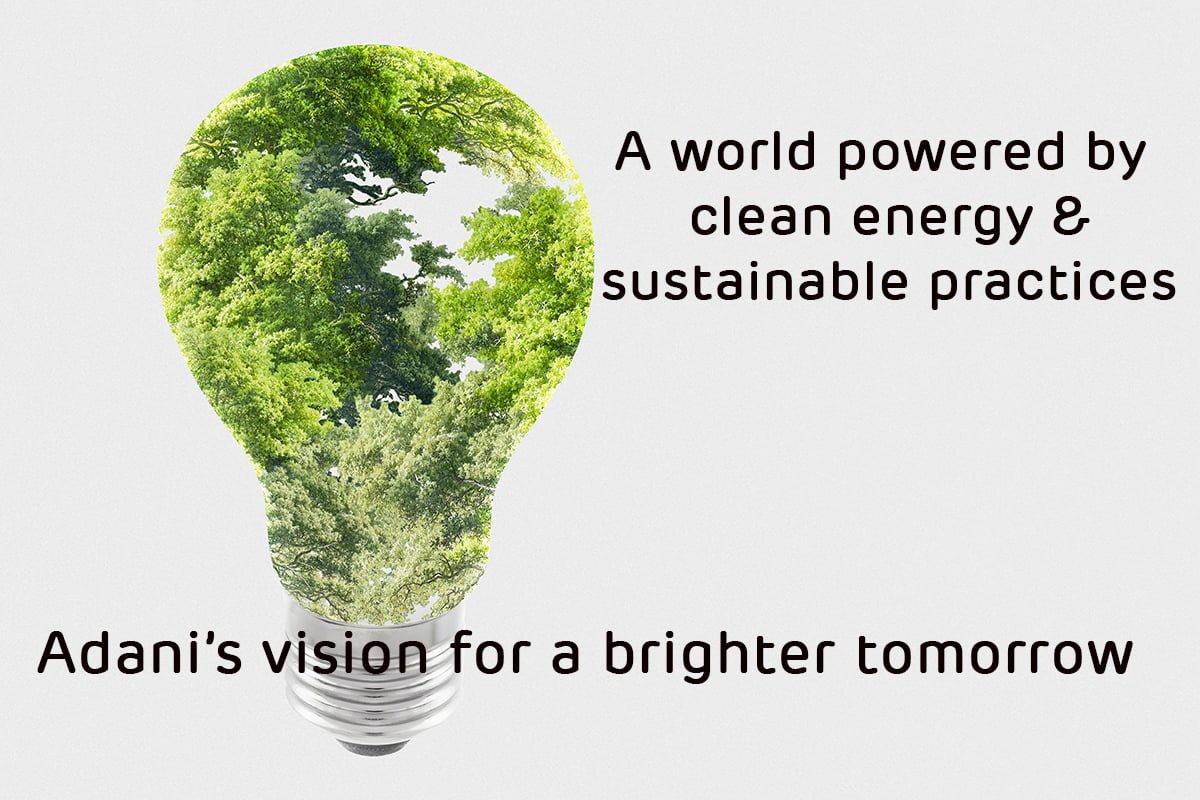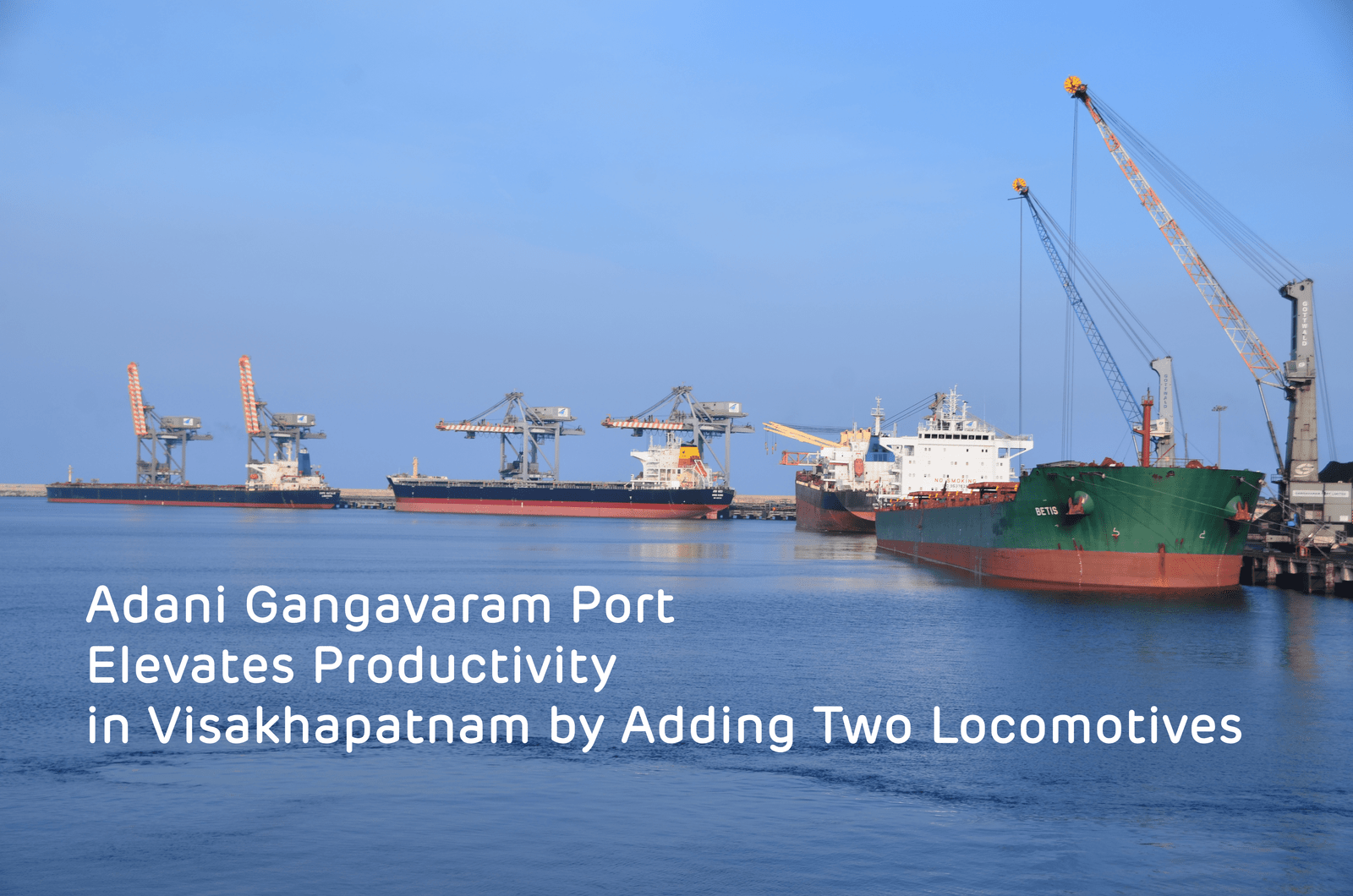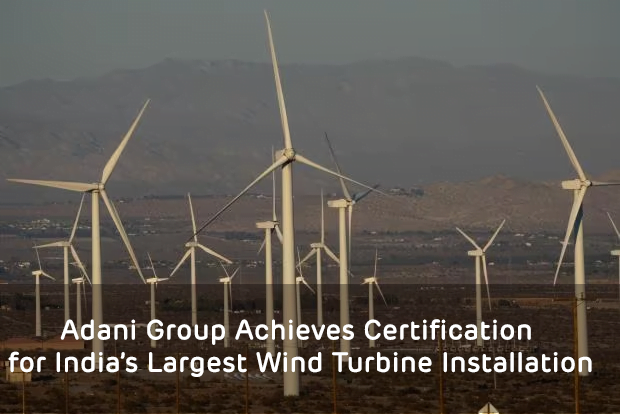Introduction
Adani Green Energy Limited (AGEL) is at the vanguard of changing the energy landscape in an era characterized by environmental issues and a rising need for sustainable energy sources. An eco-friendly and sustainable future can be achieved by utilizing solar and wind energy, which is being harnessed by the Indian renewable energy business AGEL.
Adani Green Energy Limited is leading the transition to environmentalism with solar, wind, and hybrid energy solutions. Aiming to reach 45 GW of clean energy capacity by 2030, AGEL, which has the most significant operating capacity in India, is a pioneer in performance improvement, technological innovation, and ESG principles.
The rise of AGEL
AGEL, an Adani Group subsidiary, is the largest renewable energy generator in India. It aspires to dominate the solar and wind energy sectors globally. Since its founding, AGEL has maintained a steady dedication to renewable energy, aligning its initiatives with India’s ambitious renewable energy targets. The company aims to utilise India’s rich solar and wind resources to aid in the worldwide effort to combat climate change.
Given that major corporations are helping India to meet its aim of having net zero emissions by 2070, the country’s green energy transformation is proceeding as planned. India is at the forefront of welcoming the switch to renewable energy and is actively combating climate change. At COP26, Prime Minister Narendra Modi declared that India would increase its non-fossil energy production to 500 GW by 2030.
Over the next five years, the International Energy Agency, IEA, predicts that renewable energy sources will supply more than 90% of the world’s electrical needs. The principal source of electricity will no longer be coal by the beginning of 2025. This is now possible thanks to solar, wind, and green hydrogen development.
In India, the use of renewable energy in the electricity industry has significantly increased. Wind and solar power collectively account for over 8% of all generation. In states with a high concentration of renewable energy sources, they contribute about 15% to power production. It adds over 50% in states with severe wind speed.
The environment in which AGEL operates is one in which the energy industry is undergoing a significant shift towards sustainable practices. The need to lower carbon emissions is being recognised by governments, businesses and customers globally, which is driving up demand for sustainable energy solutions. AGEL’s business practices reflect this change, placing the organisation at the centre of a segment essential for humanity’s future.
Solar & wind power - A big achievement
The most vital source of renewable energy available today is solar energy. It is abundant, affordable, and clean. It can encourage energy autonomy, prevent climate change, generate jobs, and give those that most need it access to electricity.
Green energy doesn’t emit greenhouse gases because it comes from renewable resources like wind and sunlight. AGEL is utilising this abundant energy source in Rajasthan to light up the state. In the western region, a transmission corridor is beginning to take shape, and 1.25 lakh hectares of public land are now available for the construction of solar farms.
The government intends to use solar and wind energy to produce 10,000 MW electricity. Its programme will encourage the construction of numerous solar power installations and draw in new capital. In comparison to individual projects, setting up solar parks makes more sense because they allow for the plug-and-play installation of facilities by solar project developers.
The partnership between Adani Green and RRECL (Rajasthan Renewable Energy Corporation Limited) is leading to the construction of solar parks with a total installed capacity of 10,000 MW in stages. AGEL is one of the most prominent investors in Rajasthan’s energy sector.
The organization assesses areas nationwide with the potential for wind resources to develop projects. In locations with abundant natural resources, including Mundra in Gujarat and Ratlam in Madhya Pradesh, it has constructed a lot of wind masts, with operating capacity of AGEL’s wind farms going up to 1,201 MW.
The fluctuating availability of wind and solar energy makes widespread adoption of renewables difficult, especially since they comprise a significant portion of the energy mix. Due to the complementary nature of their generation profiles — solar output is greater during the day while wind generation can be higher at night —hybridisation of wind and solar decreases this fluctuation. Hybrid projects benefit from lower costs for pooling transmission lines and increased capacity utilisation. The operational capacity of AGEL’s hybrid solar-wind installations is 2,140 MW.
According to a study, India emits 1.8 tonnes of carbon dioxide per person. It is lower when compared to China (7.6) and the United States (14.7). India is still ranked third in the world.
AGEL made a significant contribution to lowering its carbon footprint. In FY23, its renewable energy initiatives produced 14.8 million MWh, which decreased 13.5 million tonnes of CO2.
The total CO2 emissions that AGEL has prevented are equal to those of 8.9 million cars. According to ISS-ESG’s assessment, the company was #1 in Asia and among the Top 10 RE companies globally. The current ESG assessment by FTSE gives AGEL a governance score of 4.5, significantly higher than the averages for worldwide utilities and alternative energy sectors.
Environmental and economic impact
The switch to solar and wind energy significantly impacts the economy and the environment. AGEL drastically lowers carbon emissions, reducing the effects of climate change by utilising solar and wind energy. Achieving India’s and the world’s environmental objectives would depend heavily on this switch to renewable energy.
The dedication of AGEL to reach a renewable energy output of 45 GW by 2030 is evidence of its outlook for the future. This objective represents the company’s commitment to the mass deployment of solar, wind, solar-hybrid, and battery storage technologies, significantly advancing India’s goals for renewable energy.
Numerous job opportunities are created by expanding the renewable energy industry, ranging from building and upkeep to scientific research and development. AGEL’s renewable energy projects boost regional economies since they frequently call for infrastructural improvement and help local companies expand.
Conclusion
Adani Green Energy Limited is crucial to India’s shift to environmentally friendly and renewable energy sources. The company’s determination to use solar and wind power effectively reduces carbon emissions, improves energy security, and strengthens the economy. The drive of AGEL to a greener, cleaner, and more affluent society is exemplified by its mission and persistent search for a sustainable tomorrow.
Green energy initiatives will not just increase economic value by lowering consumer costs but they will also spur rural employment. In keeping with the national objective, Adani Green Energy Ltd. has already become the most significant solar developer in the world and is well on its way to becoming the most significant renewable energy firm in India. AGEL sees the future as a chance to grow its sustainable business and increase stakeholder value.










